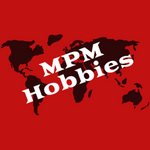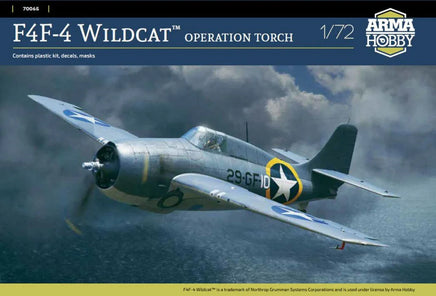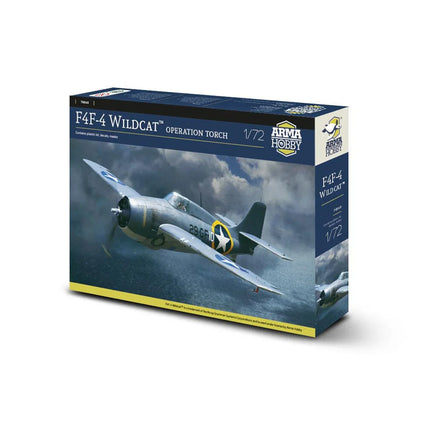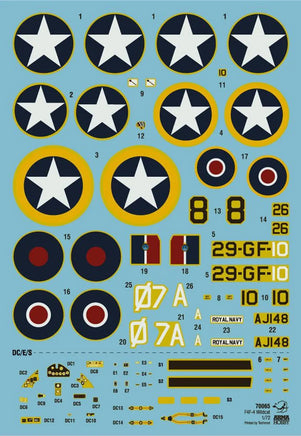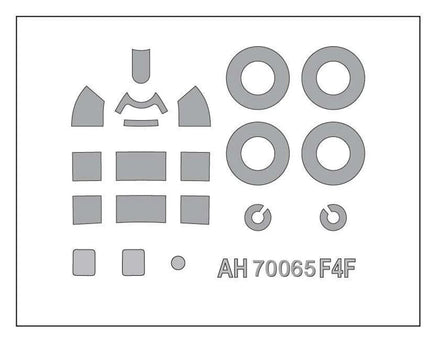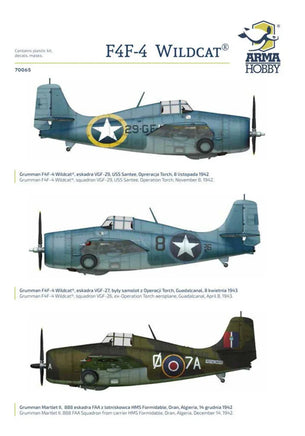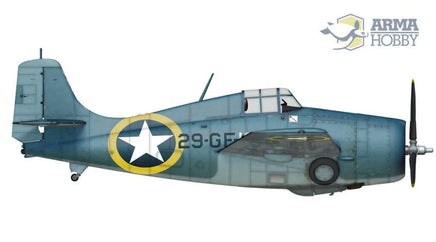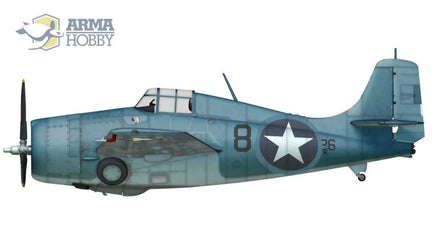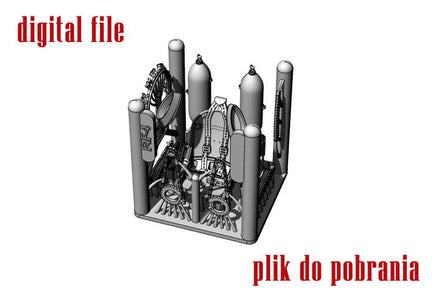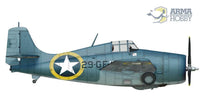Assembly plastic model kit of an aeroplane
- Plastic parts
- Cockpit canopy and wheel masks
- Decals with three marking variants
- Free digital file - download code
The set includes three historical markings options:
- F4F-4 Wildcat, “3512/29-GF-10”, squadron VGF-29, crash-landed on the USS Santee during Operation Torch, November 1942
- F4F-4 Wildcat, “8-26”, squadron VGF-27, Guadalcanal, April 1943
- Martlet II, “AJ148 / Ø-7A”, No. 888 FAA Squadron from carrier HMS Formidable, Oran, Algeria, December 1942
The product is available in the form of 3D files in STL format. It is a universal format for sharing 3D printable files.
Wildcat fighters in Operation Torch
The Grumman F4F-4 Wildcat was one of the main carrier-based fighters used by the US Navy and Royal Navy during World War II. It was called the Martlet II by the British. Known for its ruggedness and good adaptation to operating from aircraft carriers, the aircraft took part in many important naval battles in 1942-43. The F4F-4 version, equipped with folding wings, made it possible to increase the number of aircraft aboard escort carriers, which was important in operations in the Pacific, Atlantic and Mediterranean.
During Operation Torch in November 1942, F4F-4 Wildcats stationed on the aircraft carrier USS Ranger and three escort carriers (USS Suwanee, Sangamon and Santee), as well as British Martlets from the carriers HMS Formidable and Victorious, supported the landing of Allied forces in North Africa. The planes wore distinctive yellow borders around the American stars on the fuselage and wings. American stars also marked British aircraft at the time. The idea was to identify them quickly against the Vichy government's French planes, but also to neutralize the resentment of the French against the British.
After this operation, American escort carriers with Wildcats moved on to new assignments in the Pacific, supporting operations in the Solomon Islands, including the battles for Guadalcanal. The yellow markings from Operation Torch were then painted over with a camouflage colour, which can be seen in photos as a fresh border around the stars. British aircraft after Operation Torch were quickly repainted with standard British markings of the period.
